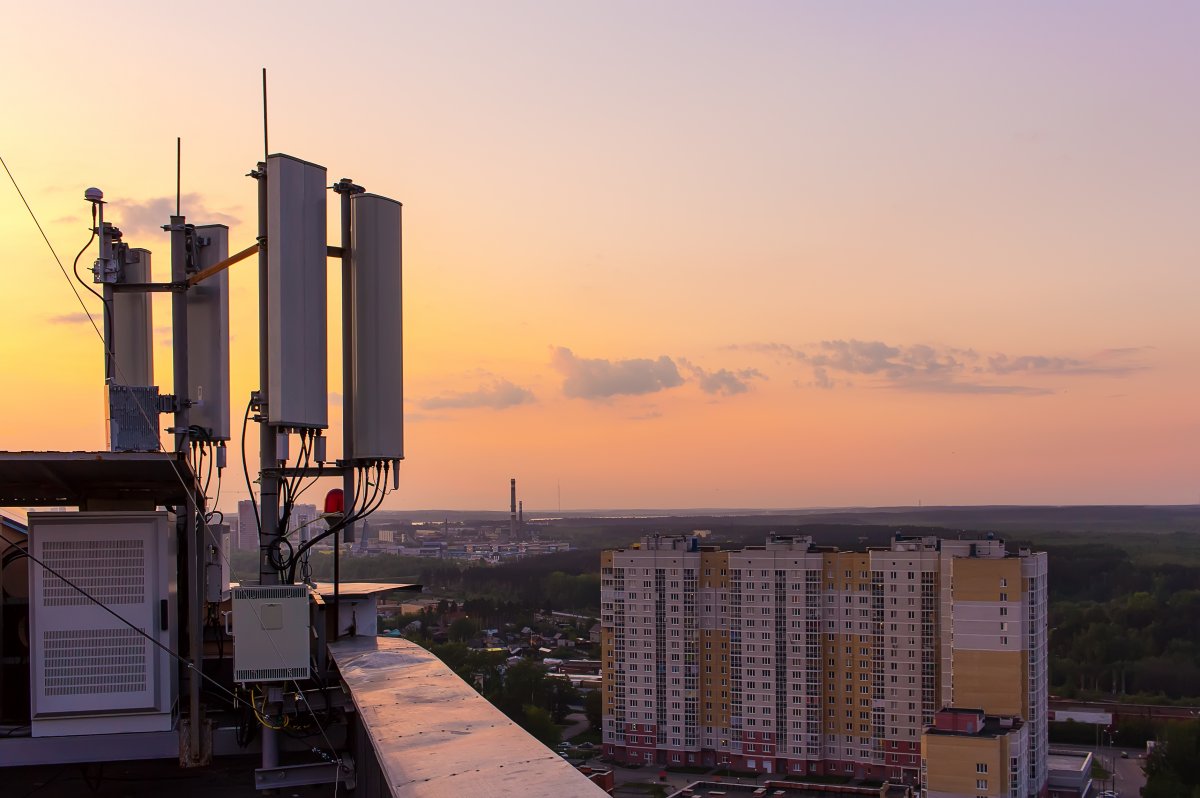Covert Surveillance: Cell Phone Queries on the Rise, Silent SMS on the decline
Covert surveillance of mobile phone users by federal law enforcement agencies is still prevalent today. A report shows that the Federal Police carried out radio cell queries 105 times in 2022. This method saves and screens the connection data of all cell phone users who are logged into a radio cell at a certain point in time. This controversial technique was used in 54 cases in the first half of the year and 51 cases in the second half of the year. Compared to 2021, in which only 55 of such cases were reported, there has been a significant increase in the number of queries.
However, according to a recently published response from the federal government (PDF), the Federal Criminal Police Office (BKA) only carried out a radio cell evaluation in the first half of 2022. The numbers come from a request from the left-wing faction in the Bundestag.
Additionally, there were fewer silent SMS sent out in 2022 than in 2021. The BKA sent out 51,950 silent SMS in numerous investigations and a hazard prevention process last year to locate people. However, in 2021, there were still reports of 68,152. Silent SMS go to the targeted mobile phones but are not displayed there. However, the affected device reports back to the registered radio cell, thus generating connection data that reveals the approximate location of the user to investigators without them noticing.
Moreover, the federal police reported that in criminal investigations on their own initiative, they sent 19,703 of these stealth pings, and they used external service providers 1,360 times in 2022. In a joint investigation team with the state police of Baden-Württemberg, another 62 were added.
In addition, the use of IMSI catchers continues. The federal police used IMSI catchers in 38 cases, and the BKA used one already in a hazardous prevention process and preliminary investigation. In 2021, the comparative figure was 44 or five transactions. The Federal Public Prosecutor’s Office also ordered the use of an IMSI catcher in 42 cases last year. The federal police also used a “WLAN catcher” in a procedure in the first half of 2022. According to the BMI, the tool was not used in the second half of the year, but the authority later spoke of two measures taken by the agency in which a total of three people were affected.
The report did not show any information on how often federal authorities used state Trojans for source telecommunications surveillance (TKÜ) or secret online searches. The secret services were also left out, and the answer is still not possible for security reasons. There were no changes in the software and hardware for such purposes compared to the previous year.
Overall, the statistics show that despite the decrease in silent SMS, there is an increase in the use of cell phone queries by federal authorities for criminal investigations. While the government remains tight-lipped on the exact number of state Trojans used, it is clear that covert surveillance remains an integral part of law enforcement agencies’ strategies.



